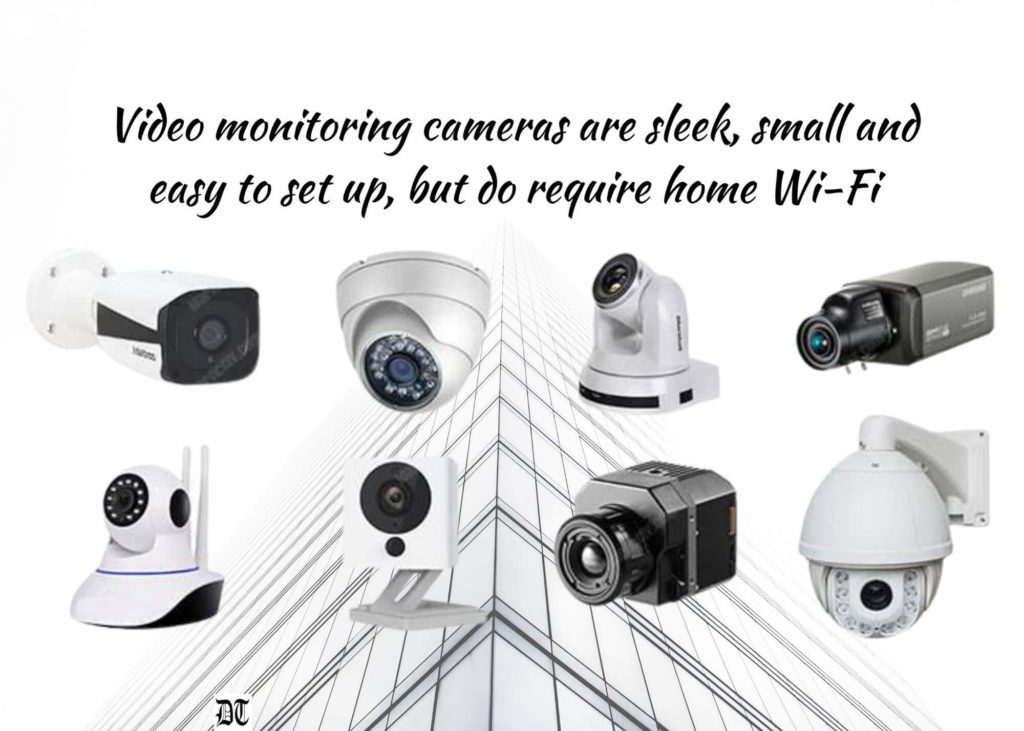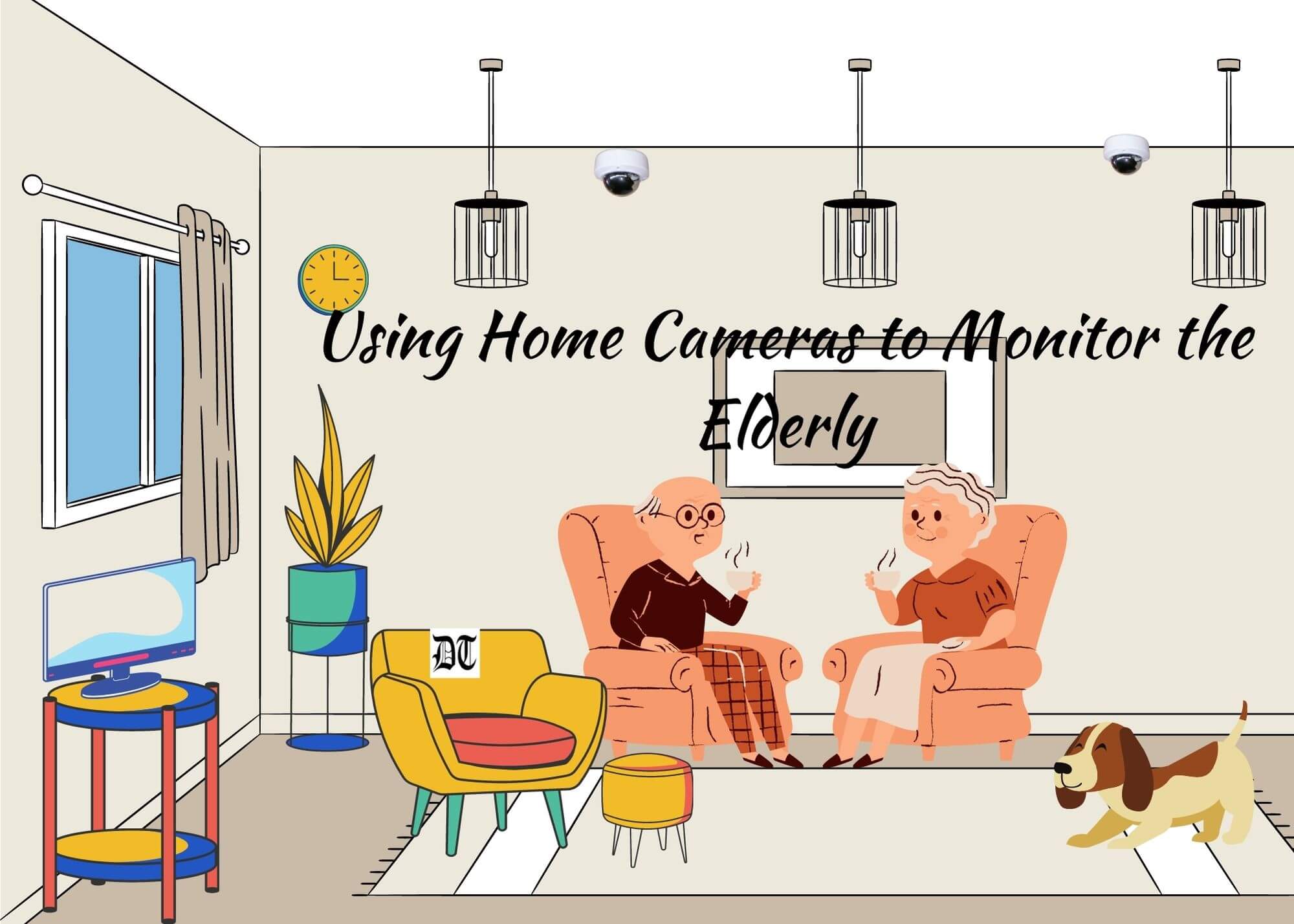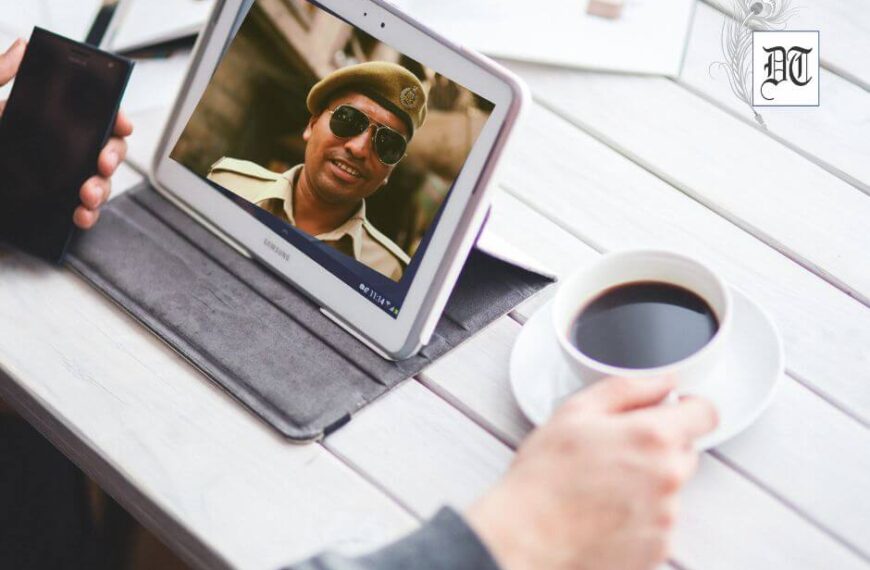Rita tells us how technology can be used to take care of the elderly. Patient Safety day is on September 17. A Special Feature exclusively for Different Truths.
We’ve always had our parents keep tabs on us and that’s something we often take as a given. But what happens when our parents become old and require medical care? It becomes our responsibility to keep tabs on them. Unfortunately, our work and life take us places and it becomes really difficult to monitor our parents’ everyday needs from a distance.
Which is where technology scores. Remote video monitoring lets you stay in visual contact with the beloved elderly people in your life. Simple to operate and affordable to boot, this technology allows you to see if they are taking the meals or taking their medication at the right times. It also lets you keep an eye
of caregivers and make sure they are doing their job. The feeds from the installed cameras can be viewed remotely from your computer and most smartphones and tablets.
Surveillance for safety
..video monitoring/surveillance cameras have become very popular for keeping an eye on your home and business via your smartphone..
Video cameras are now used in many public and private spaces to monitor the people inside and outside of buildings. Banks, shopping malls, and government buildings use these cameras to monitor public activity and identify those responsible for assisting law enforcement, in the case of crimes. Many hospitals and nursing homes are planning to install video cameras during consultation with patients and their families to ensure there is no miscommunication and admission and treatment procedures are above board.
Surveillance at home
As the technology has improved and the costs have come down, video monitoring/surveillance cameras have become very popular for keeping an eye on your home and business via your smartphone, tablet or computer. What’s more, many are choosing to install home camera surveillance systems in order to monitor their own loved ones, especially children left with caregivers and elderly parents who live alone.
Choosing the right home surveillance
Video monitoring
Most home video monitoring cameras today are sleek, small and easy to set up, but do require home Wi-Fi.
Most home video monitoring cameras today are sleek, small and easy to set up, but do require home Wi-Fi. Although camera capabilities will vary, the best devices all provide wide-view angles, HD quality video, night vision, built-in motion and sound detection that can notify you when something is happening, and two-way audio that lets you talk and listen. Some also offer a video recording option that saves past video to a cloud, so you can rewind and review what you missed.

Sensor Monitoring
If your mom is uncomfortable with video monitoring and doesn’t want you to be able to peek in on her whenever you want, another less invasive option to consider is a sensor monitoring system. These systems use small wireless sensors, and not cameras, placed in key areas of your mom’s home that can detect changes in her activity patterns, and will notify you via text message, email or phone call if something out of the ordinary is happening.
Dementia patients
Another important use of camera surveillance is to preserve the safety of dementia patients. If your parent or a loved one has dementia or another similar cognitive disorder, he or she is at risk for wandering out of the house and into danger. With a home camera with video monitoring, you can make sure that your loved one is seen and stopped before getting out of the house or venturing very far from the home.
Peace of mind
What if the attendant is not caring enough?
Mr. Dutt lives abroad and his mother, who lives in New Alipore, Kolkata, is a member of Arogya HomeCare (www.arogyahomecare.in). While she has recuperated nicely from a recent stroke and her rehabilitation is well supported by our doctor who makes regular house calls to check on her and physiotherapist who has put her back on her feet within a short time, Mr Dutt was consumed by worry. “What if she falls trying to get up by herself? What if the attendant is not caring enough?” were questions that kept haunting him before he decided to install home cameras in the living space and in his mother’s bedroom. These cameras let him monitor the daily movements of his mother and her caregivers. In addition to offering peace of mind that his mother is fine, the system also helps with the sense of guilt that gnaws away at children of elderly parents who live in other cities or countries. “I used to feel a huge burden of guilt. I was in another country. I was not helping to take care of my mother, I was not being a good son. But, with the cameras installed, I feels more involved, more hands-on about her care and wellbeing,” Mr. Dutt adds.
Consent and loss of privacy
Despite the obvious benefits, there are clear obstacles to using home camera surveillance to monitor elders. Most importantly, you have to get the elder’s consent to being recorded. Recording someone without their consent has serious consequences, and some seniors may take the installation of camera equipment into their home as a major violation of their privacy. To make things more complex, they may not be capable of consenting to, or denying consent to, such monitoring, as is the case for those with severely progressed cognitive decline. Then the decision is up to their legal guardian, which may be you, their spouse, a sibling, a close friend, or even a lawyer, making things more complicated. Despite their increasing familiarity with the technology, many elderly people draw the line at cameras and that’s something that needs to be addressed before home cameras can be set up for monitoring.
Cost and installation
The cost of home cameras has become more affordable, with basic cameras available within 5000 INR. Costlier cameras with advanced features are also available, along with state-of- the-art systems which are very expensive. Home cameras and surveillance systems are also available for purchase online for
those who are strapped of time.
Sources:
http://www.nytimes.com/2010/07/29/garden/29parents.html
http://www.huffingtonpost.com/jim-t- miller/how-to- keep-tabs- on-an- el_b_8954044.html
http://www.seniorsmatter.com
Images by Different Truths
#ElderlyCare #MonitoringElders #CamerasForMonitoring #SeniorSurveillance #DifferentTruths






 By
By
 By
By
